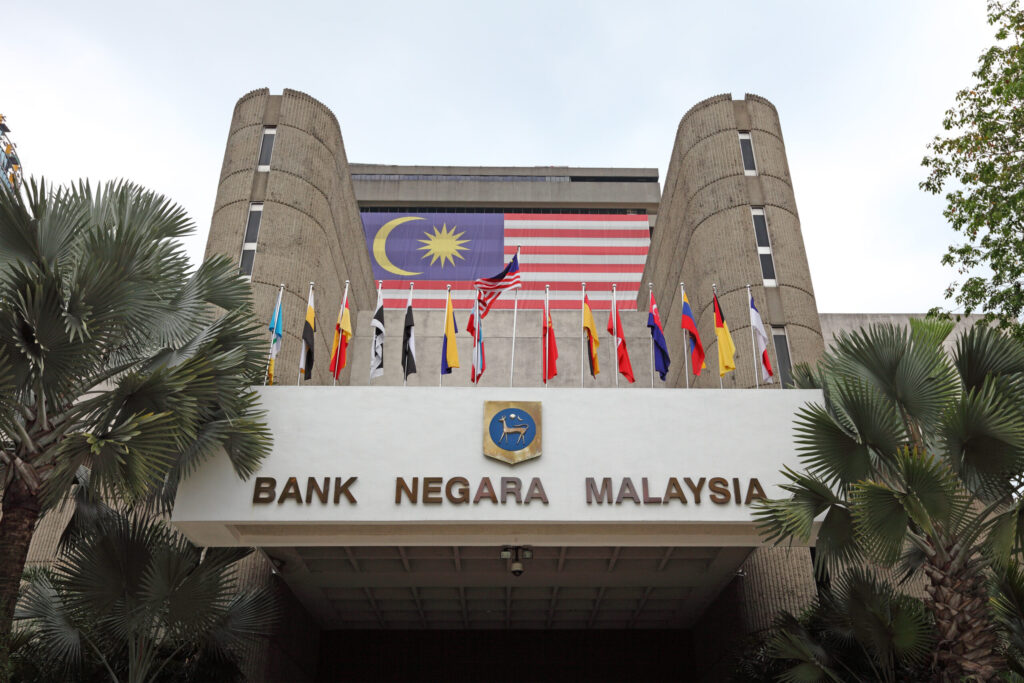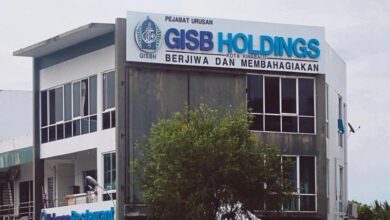Investment Banks expect BNM to raise OPR by at least 25 BPS in 2022

KUALA LUMPUR: Local investment banks expect Bank Negara Malaysia (BNM) to raise the overnight policy rate (OPR) by at least 25 basis points (bps) by year-end, tracking the United States (US) Federal Reserve’s 75 bps rate hike on Wednesday.
In a note, Kenanga Investment Bank Bhd (Kenanga) said it expects BNM to maintain its hawkish tone and raise the OPR by at least 25 bps during each of its remaining two Monetary Policy Committee (MPC) meetings this year, slated for Sept 7-8 and Nov 2-3.
It said the Fed’s aggressive posturing and obsession with taming inflation indicate that it would continue to raise interest rates sharply, at the expense of growth.
As for Malaysia, it noted that inflationary pressure is mounting, registering a hotter-than-expected 3.4 per cent in June 2022 versus 2.8 per cent in May 2022 on the back of pent-up demand and tourism-led spending following the reopening of international borders and removal of COVID-19 restrictions.
“Along with the expectation that gross domestic product (GDP) growth would continue to be driven by the stronger recovery in domestic demand, we expect BNM to maintain its hawkish tilt and raise the OPR by at least 25 bps each at its remaining two MPC meetings for this year,” said Kenanga.
Meanwhile, Hong Leong Investment Bank Bhd (HLIB) is maintaining its expectation that BNM would increase the OPR by an additional 25bps in the September MPC meeting, ending the year with the OPR at 2.5 per cent from the current 2.25 per cent.
“The reopening of international borders, transition to COVID-19 endemic status and special Employees Provident Fund withdrawal scheme are expected to support Malaysia’s gross domestic product in the second quarter of 2022,” it said in a separate note.
As for the US, HLIB expects the Fed to continue increasing its interest rates in the near future, although it noted that higher interest rates might fuel fears that a recession is looming as industrial production declined slightly in June, while real personal consumption expenditure also contracted slightly in May.
NST




